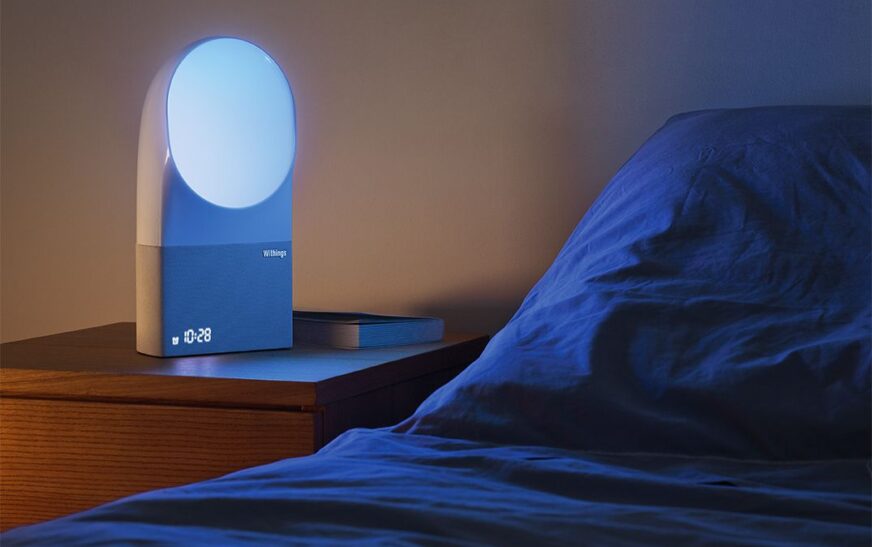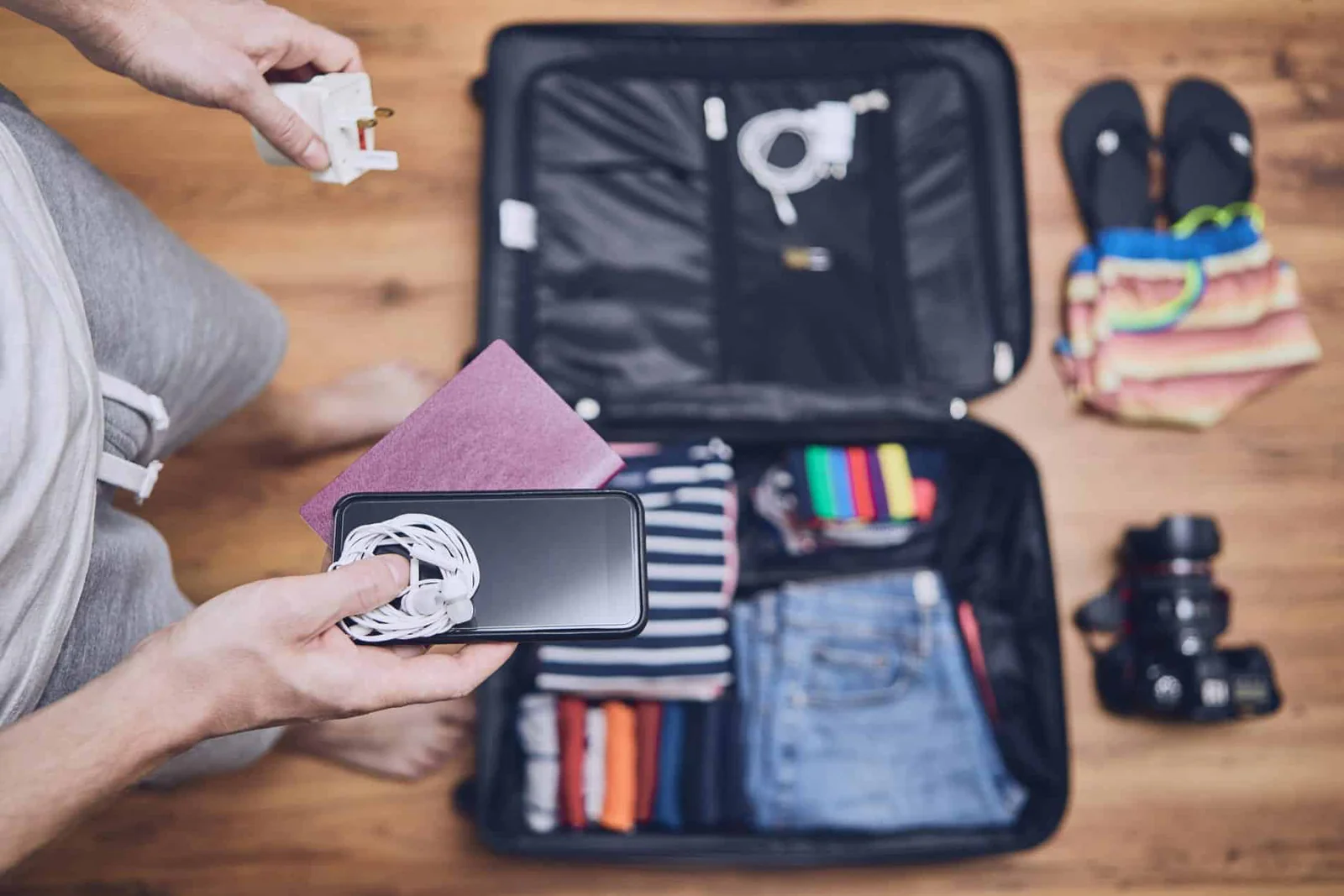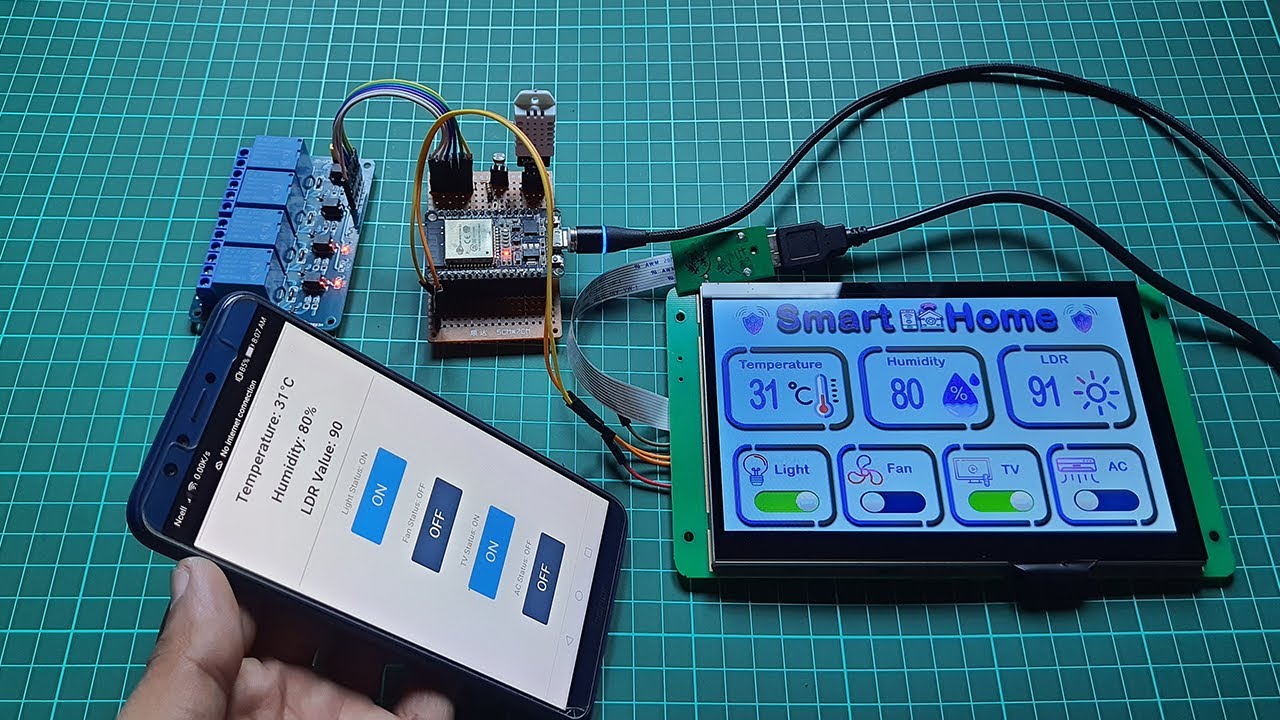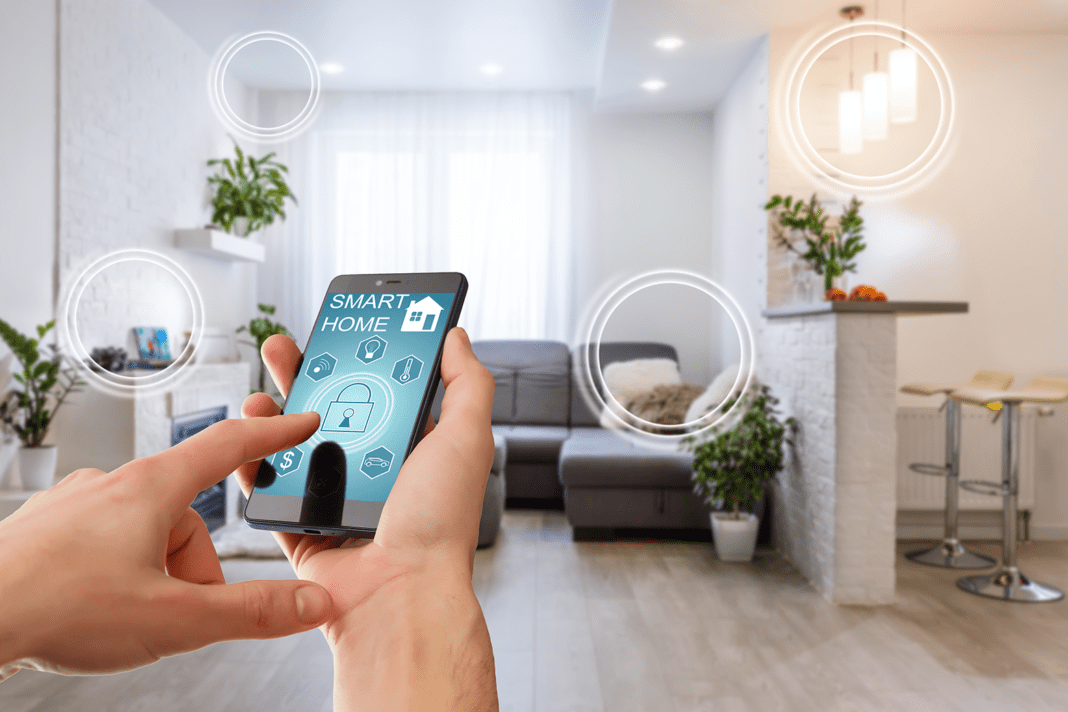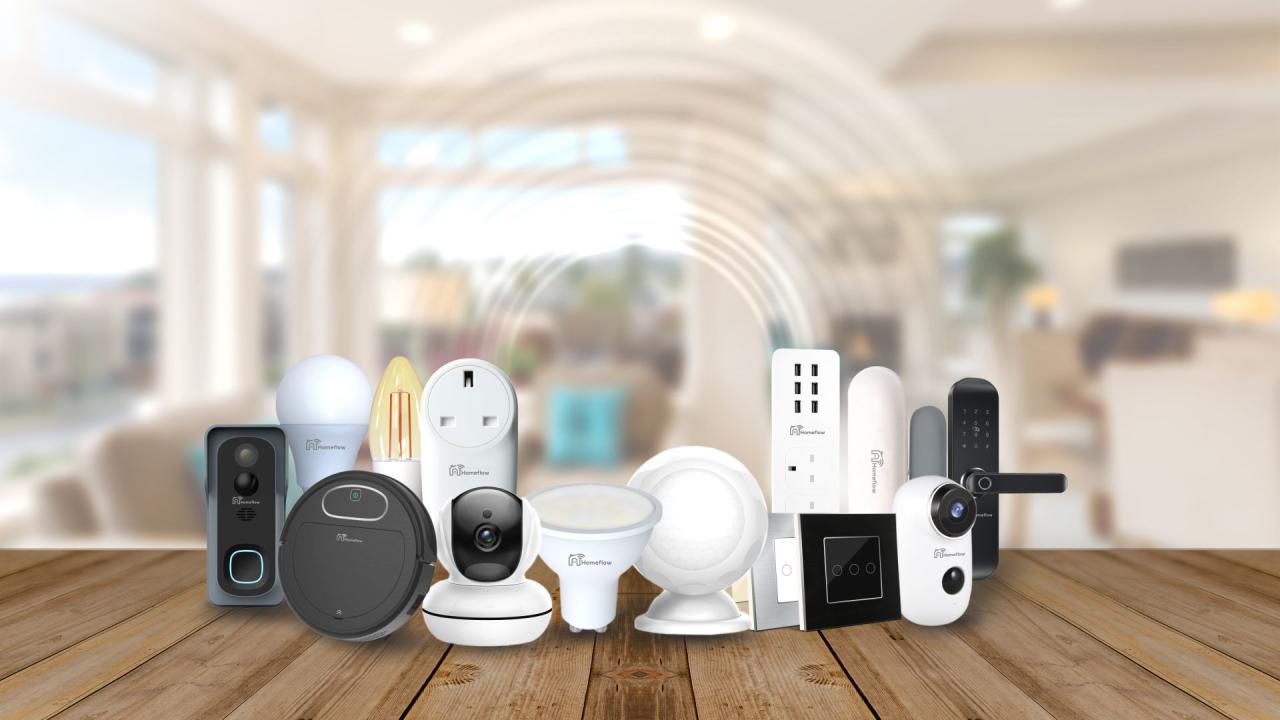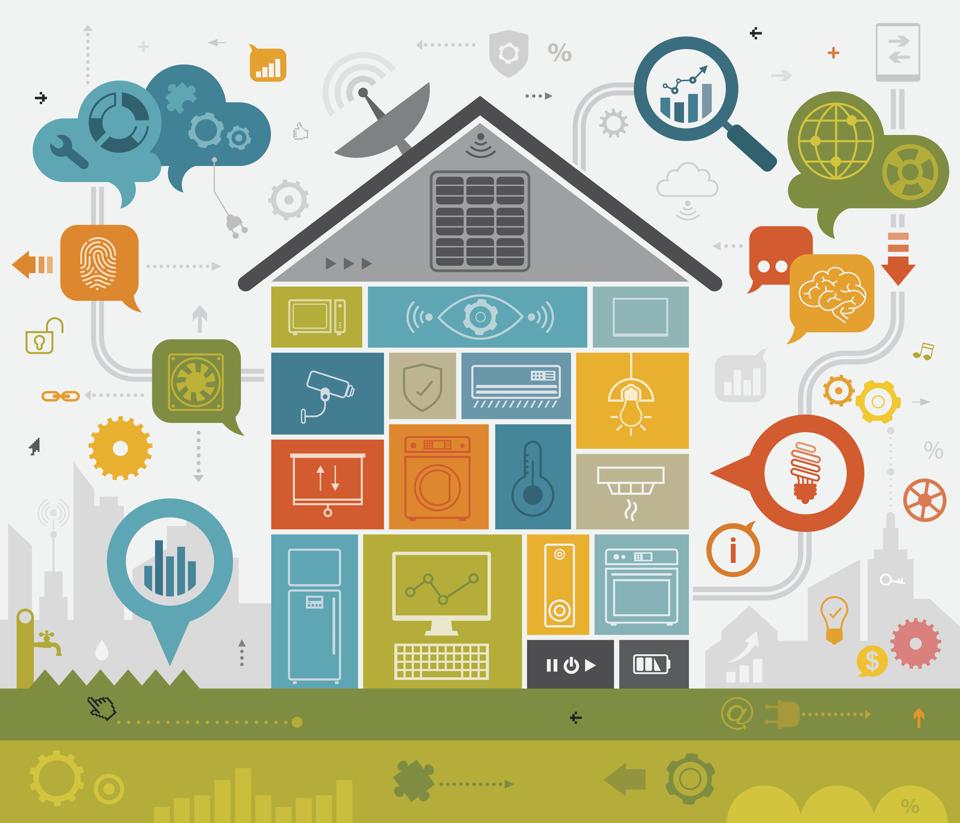With How to Use Smart Devices to Improve Your Sleep at the forefront, embark on a journey towards better sleep quality with the help of smart devices. Discover the innovative ways in which technology can enhance your sleep patterns and overall well-being.
Explore the benefits of smart lights, thermostats, sleep-tracking apps, and wearables in creating the perfect bedtime routine for a restful night’s sleep.
Benefits of Using Smart Devices for Sleep Improvement: How To Use Smart Devices To Improve Your Sleep
Smart devices offer a variety of features and tools that can contribute to enhancing the quality of your sleep. From tracking sleep patterns to providing personalized insights, these devices can revolutionize your bedtime routine for the better.
1. Sleep Tracking, How to Use Smart Devices to Improve Your Sleep
Smart devices equipped with sensors can monitor your sleep patterns throughout the night, including the duration of different sleep stages such as deep sleep and REM sleep. By analyzing this data, you can gain valuable insights into your sleep quality and make informed decisions to improve it.
2. Smart Alarm Clocks
Some smart devices come with smart alarm features that wake you up at the optimal time based on your sleep cycle. By syncing with your sleep data, these devices can ensure you wake up feeling refreshed and energized, rather than groggy and disoriented.
3. White Noise Machines
White noise machines integrated into smart devices can create a soothing environment that masks disruptive sounds and promotes relaxation. This can be especially beneficial for individuals who struggle with noise disturbances that affect their ability to fall asleep or stay asleep.
For efficient server management, following the best practices for server capacity planning is crucial. This includes forecasting future needs, monitoring current usage, and scaling resources accordingly.
4. Light Therapy Devices
Smart light therapy devices can simulate natural sunlight to regulate your circadian rhythm and improve your sleep-wake cycle. By exposing yourself to the right type of light at the right time, you can enhance your overall sleep quality and maintain a healthy sleep schedule.
5. Sleep-Tracking Wearables
Wearable smart devices like fitness trackers can also double as sleep trackers, providing comprehensive data on your sleep habits and trends. By wearing these devices at night, you can gather valuable information about your sleep patterns and make adjustments to optimize your rest.
Utilizing Smart Lights and Thermostats for Better Sleep
Smart lighting and thermostats can play a crucial role in improving your sleep quality by creating the optimal sleep environment tailored to your needs.
Smart Lighting for Regulating Sleep-Wake Cycles
Smart lights can mimic natural light patterns to regulate your body’s internal clock and promote healthy sleep-wake cycles. By adjusting the intensity and color temperature of the light throughout the day, you can signal to your body when it’s time to wake up and wind down for sleep.
Compliance with regulations is essential for server operations. Understanding the importance of server compliance and regulations ensures data security, legal adherence, and overall business integrity.
Smart Thermostats for Creating Optimal Sleep Environments
Smart thermostats allow you to control the temperature and humidity levels in your bedroom, creating a comfortable sleep environment. Maintaining optimal room temperature is essential for falling asleep faster and enjoying uninterrupted rest throughout the night.
When it comes to managing servers, the importance of server resource allocation cannot be overstated. Proper allocation ensures optimal performance and prevents downtime due to resource shortages.
Tips for Setting Up Smart Lights and Thermostats
- Place smart lights strategically to simulate natural lighting patterns, with brighter lights in the morning and warmer, dimmer lights in the evening.
- Program your smart thermostat to lower the temperature slightly before bedtime to promote better sleep.
- Use smart home automation to sync your lights and thermostat for a seamless sleep routine.
- Experiment with different settings to find the combination that works best for your sleep needs.
Using Sleep-Tracking Apps and Wearables with Smart Devices
Utilizing sleep-tracking apps and wearables in conjunction with smart devices can provide valuable insights into your sleep patterns and help you make informed decisions to improve your overall sleep quality.
Benefits of Sleep-Tracking Apps
- Track and analyze your sleep cycles, duration, and quality to identify patterns and trends.
- Receive personalized recommendations for improving sleep based on your data.
- Set sleep goals and monitor your progress over time to make adjustments as needed.
Comparison of Sleep-Tracking Wearables
There are various sleep-tracking wearables available in the market, each offering unique features and functionalities:
| Wearable | Features |
|---|---|
| Fitbit | Tracks sleep stages, heart rate, and provides a Sleep Score for overall sleep quality. |
| Apple Watch | Offers sleep tracking, bedtime reminders, and Wind Down feature for relaxation before sleep. |
| Garmin | Monitors sleep patterns, respiration, and provides insights to optimize sleep quality. |
Using Data for Lifestyle Changes
- Identify factors that may be disrupting your sleep, such as screen time before bed or irregular sleep schedule.
- Experiment with different strategies, such as adjusting your bedtime routine or environment, based on the insights from your sleep-tracking data.
- Track the effectiveness of lifestyle changes and continue to refine your sleep habits for better overall sleep quality.
Integrating Smart Devices into Bedtime Routines
Incorporating smart devices into your bedtime routine can help optimize your sleep quality and overall well-being. By utilizing these devices strategically, you can create a calming environment that promotes relaxation and restful sleep.
Suggest ways to incorporate smart devices into pre-sleep rituals
- Set up a bedtime routine reminder on your smart speaker to signal when it’s time to start winding down.
- Use a smart light bulb with dimming capabilities to gradually reduce the brightness in your bedroom as you prepare for sleep.
- Play soothing sounds or white noise through a smart speaker to help you relax and drift off to sleep.
Discuss the importance of setting up a tech-free zone in the bedroom for quality sleep
Creating a tech-free zone in your bedroom is crucial for improving sleep quality. Excessive screen time before bed can disrupt your circadian rhythm and make it harder to fall asleep. By keeping your bedroom free of electronic distractions, you can signal to your brain that it’s time to wind down and prepare for rest.
Provide examples of voice-activated devices that can assist in bedtime routines
- Smart speakers like Amazon Echo or Google Home can set bedtime reminders, play relaxing music, or even read a bedtime story to help you unwind.
- Voice-activated sleep trackers such as Fitbit Versa 3 or Apple Watch can monitor your sleep patterns and provide insights on how to improve your bedtime routine.
- Smart thermostats like Nest Learning Thermostat can adjust the temperature in your bedroom to create an optimal sleep environment.
In conclusion, by integrating smart devices into your sleep routine, you can experience improved sleep quality and wake up feeling refreshed and rejuvenated. Embrace the power of technology to optimize your sleep and overall health.

